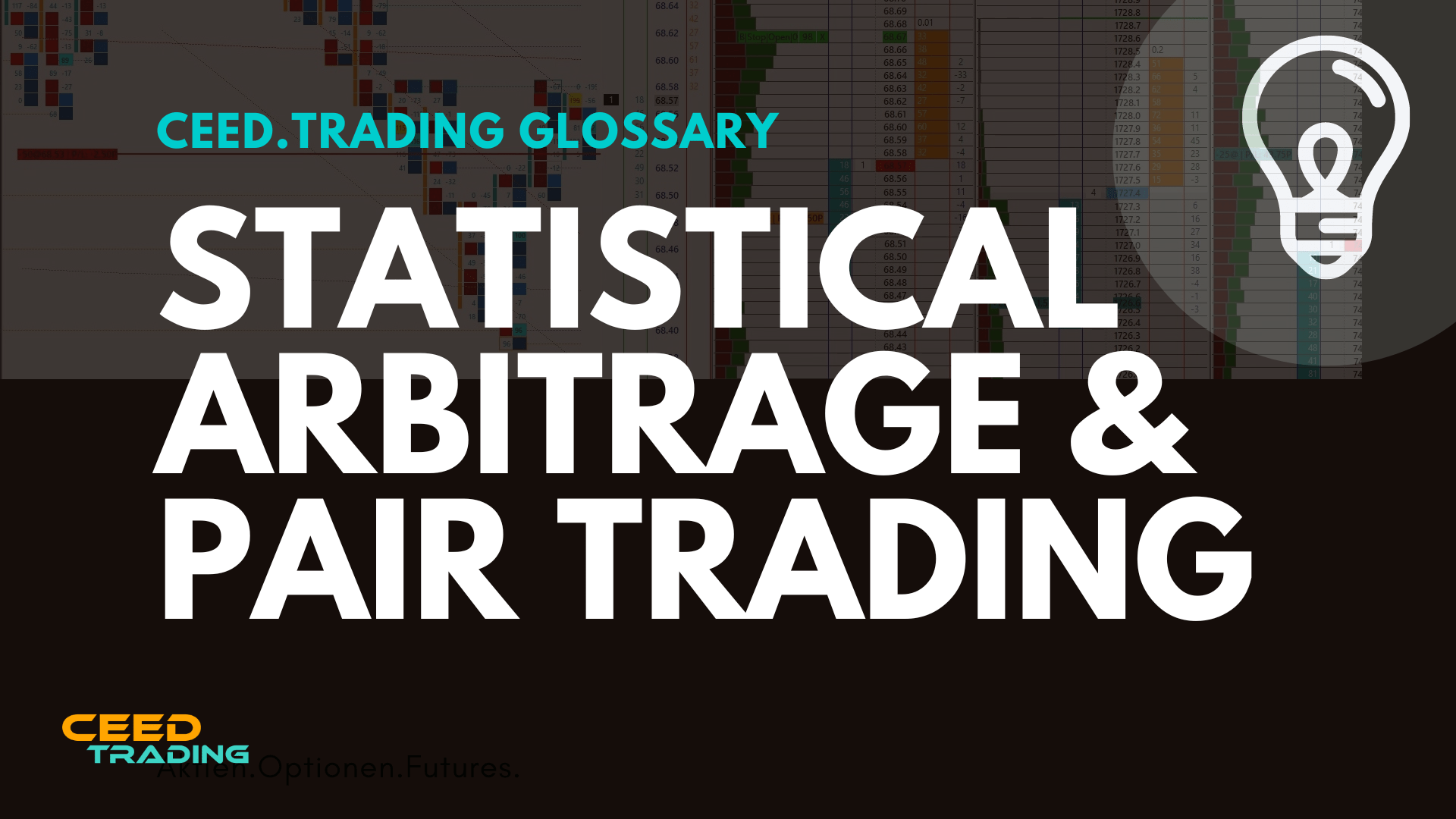
Statistical arbitrage and pair trading are both strategies used in quantitative finance to take advantage of pricing inefficiencies in financial markets. While they share some similarities, they are distinct approaches.
- Statistical Arbitrage: Statistical arbitrage involves exploiting pricing discrepancies or patterns that arise from statistical relationships between different financial instruments. The strategy relies on quantitative analysis and statistical models to identify mispriced securities or deviations from historical price patterns.
The process typically involves the following steps:
a. Identify a pair or a group of related securities that exhibit a historically stable relationship, such as two stocks from the same sector.
b. Develop a statistical model to quantify the historical relationship between the securities. This model could involve regression analysis, cointegration, or other statistical techniques.
c. Monitor the real-time prices of the securities. When a significant deviation from the expected relationship occurs, generate a trading signal.
d. Execute trades that take advantage of the pricing discrepancy, often by simultaneously buying the undervalued security and selling the overvalued security.
e. Close the position when the prices revert back to their expected relationship or when the opportunity diminishes.
The goal of statistical arbitrage is to generate profits by capturing small, temporary price discrepancies while maintaining a market-neutral position. It relies on high-frequency trading, automated systems, and sophisticated risk management techniques to execute trades rapidly and efficiently.
- Pair Trading: Pair trading is a specific type of statistical arbitrage strategy that focuses on exploiting relative price movements between two correlated securities. It involves identifying pairs of stocks that have a historically stable relationship and initiating trades based on the deviation from that relationship.
The process typically involves the following steps:
a. Identify a pair of stocks that are highly correlated and exhibit a historically stable relationship, such as two stocks from the same industry or with similar business models.
b. Calculate a statistical measure of the relationship between the two stocks, such as the spread or the ratio between their prices.
c. Monitor the spread or ratio in real-time. When it deviates significantly from its historical average or reaches predetermined thresholds, generate a trading signal.
d. Execute a long-short strategy by buying the underperforming stock and simultaneously selling the outperforming stock.
e. Close the position when the spread or ratio returns to its expected relationship or when the opportunity diminishes.
Pair trading aims to profit from the convergence of prices between the two securities in the pair, rather than relying on the absolute direction of the market. By taking long and short positions in a pair, it creates a market-neutral position, reducing exposure to overall market movements.
Both statistical arbitrage and pair trading require sophisticated quantitative analysis, data modeling, and algorithmic trading techniques. They are typically employed by quantitative hedge funds and proprietary trading firms to generate consistent returns based on statistical patterns and pricing inefficiencies in the market.
Overall, statistical arbitrage and pair trading are strategies that seek to profit from temporary divergences in the prices of related securities, aiming to capture returns based on the expectation of mean reversion.











0 responses on "What is statistical arbitrage and pair trading?"